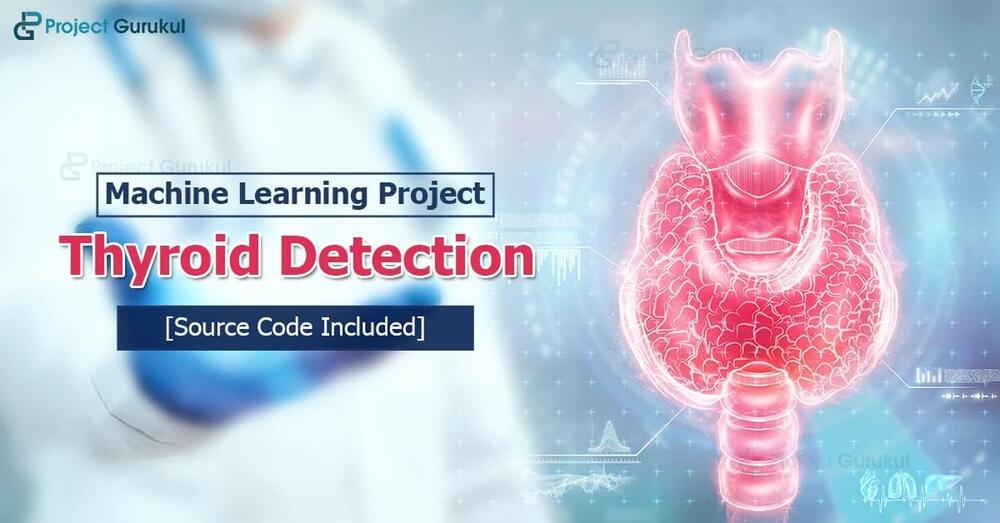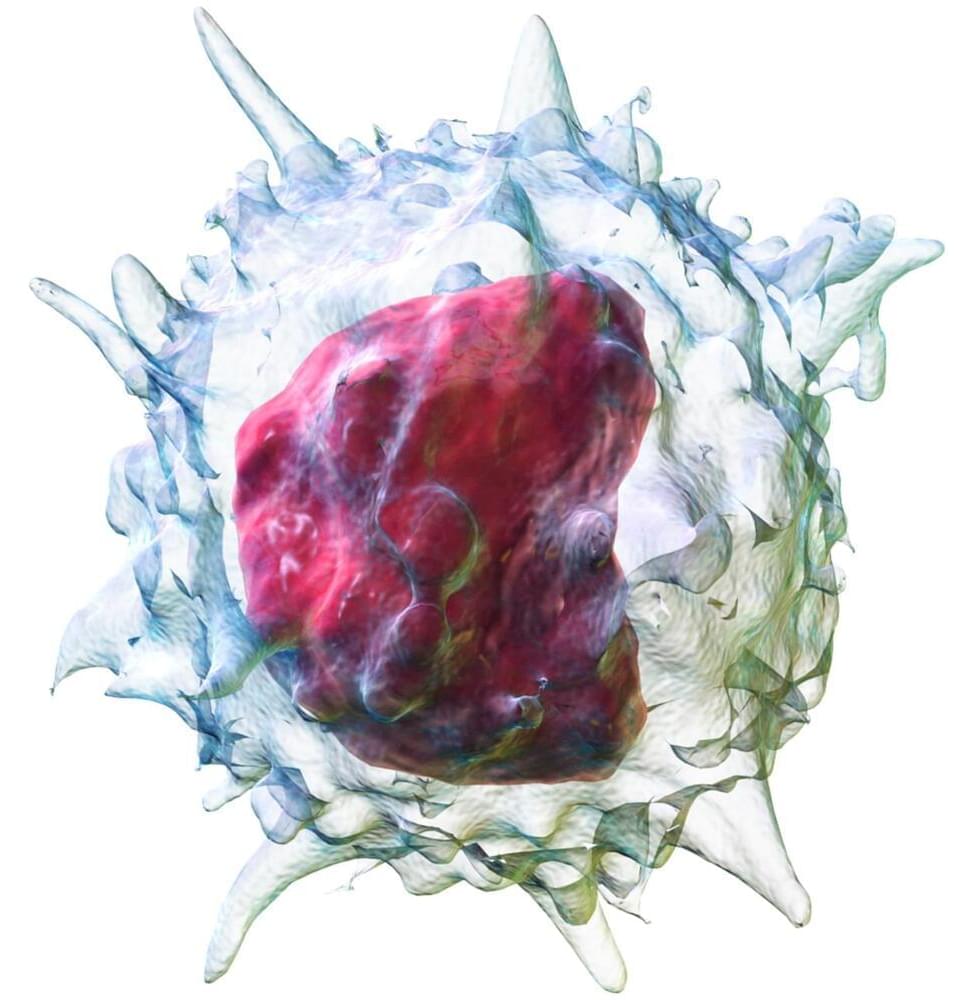Google’s new quantum computing chip, Willow, has set a groundbreaking standard by achieving unparalleled speed and precision, outperforming supercomputers in specific tasks by millions of times. This revolutionary chip enhances quantum error correction, making scalable quantum systems a reality and unlocking new possibilities for artificial intelligence, scientific research, and real-world problem-solving. Willow’s success marks a major milestone in the integration of quantum computing and AI, driving innovation across industries.
Don’t let AI leave you behind — get updates at https://airevolution.cc.
🔍 Key Topics:
Google’s Willow chip and its revolutionary quantum computing advancements.
How quantum error correction enables scalable and stable systems with unmatched performance.
The integration of quantum computing and AI to tackle problems beyond classical limits.
🎥 What You’ll Learn:
Why Willow represents a major breakthrough in quantum computing and AI innovation.
How it reduces errors and enhances performance for real-world applications in medicine, energy, and more.
The potential of quantum AI to transform industries and solve previously unsolvable challenges.
📊 Why It Matters:
This video explores Google’s revolutionary quantum chip, Willow, and its impact on the future of computation and AI, highlighting its scalability, precision, and groundbreaking applications in science and industry.
DISCLAIMER:







